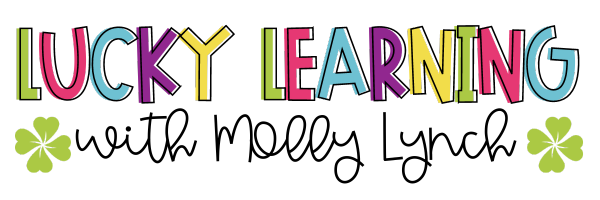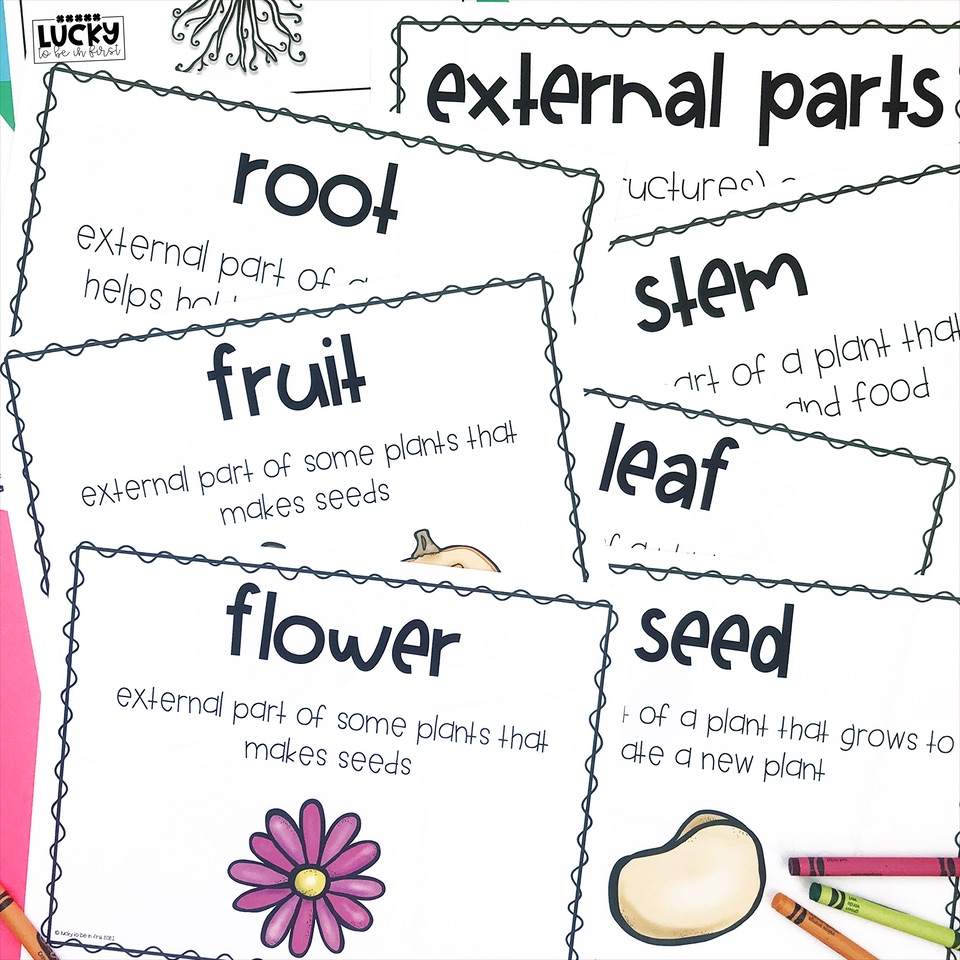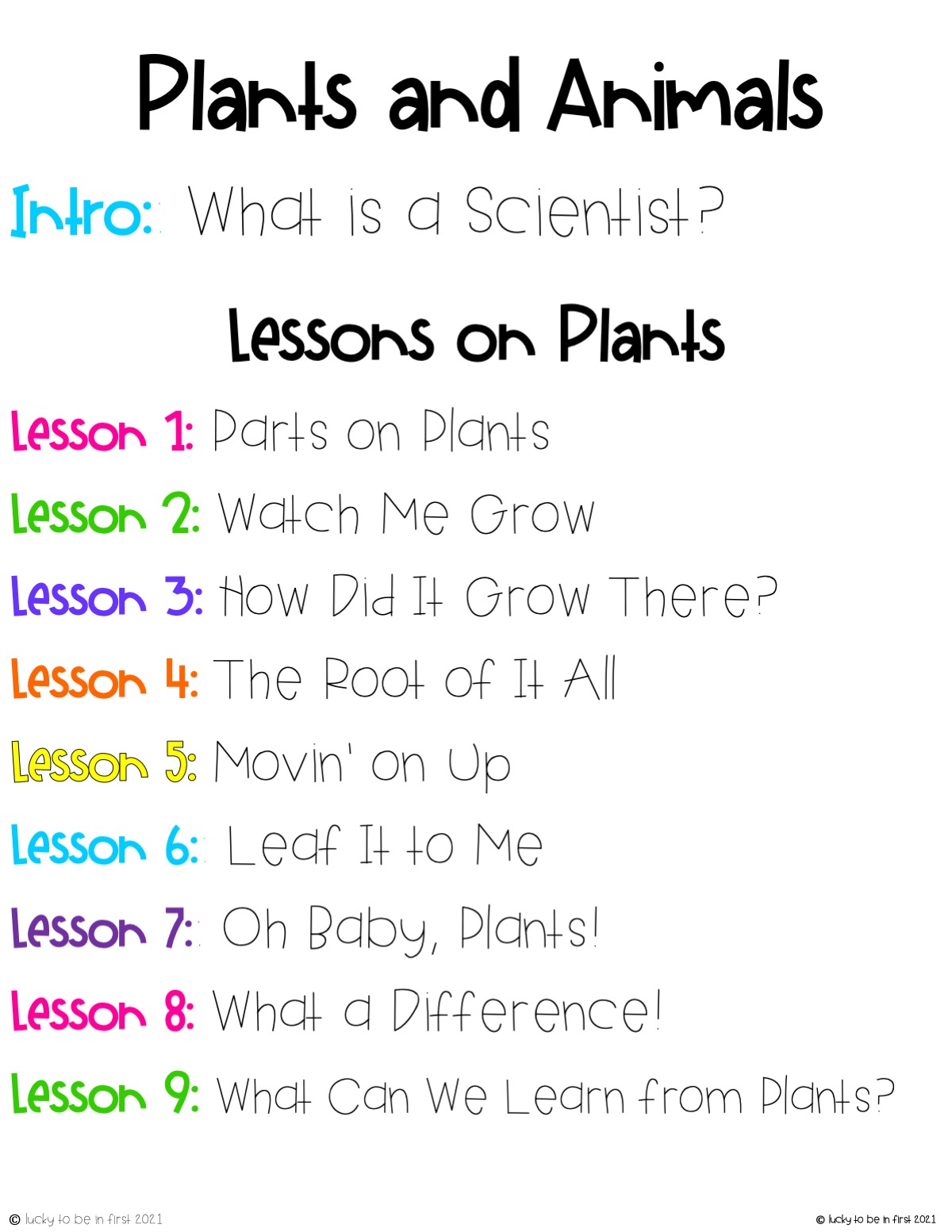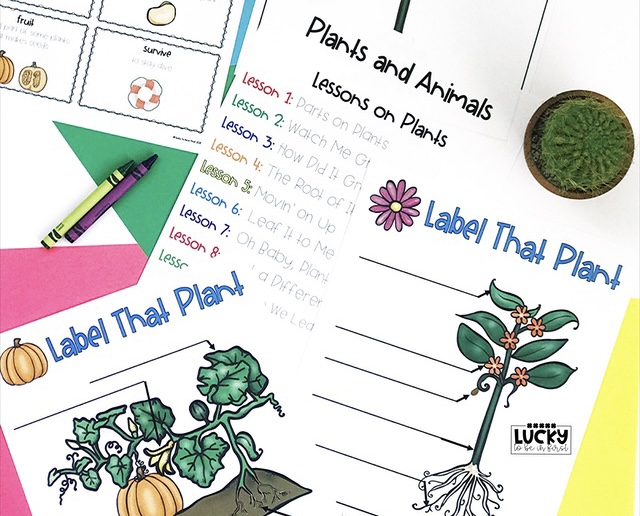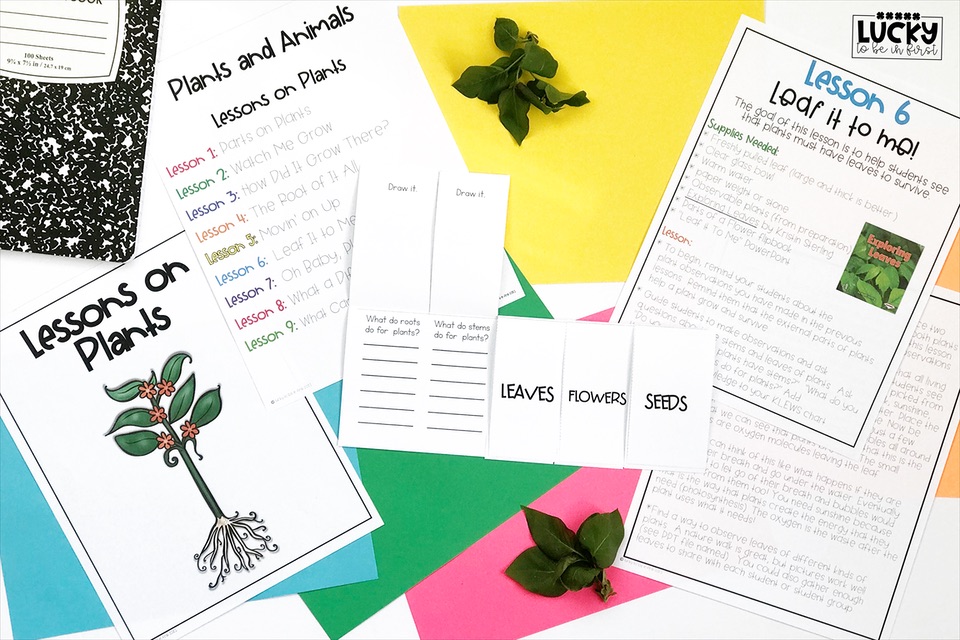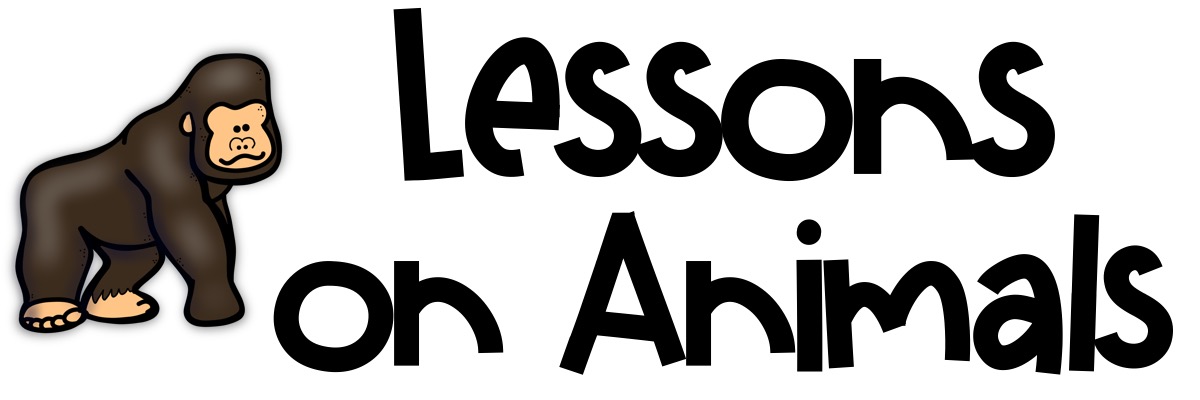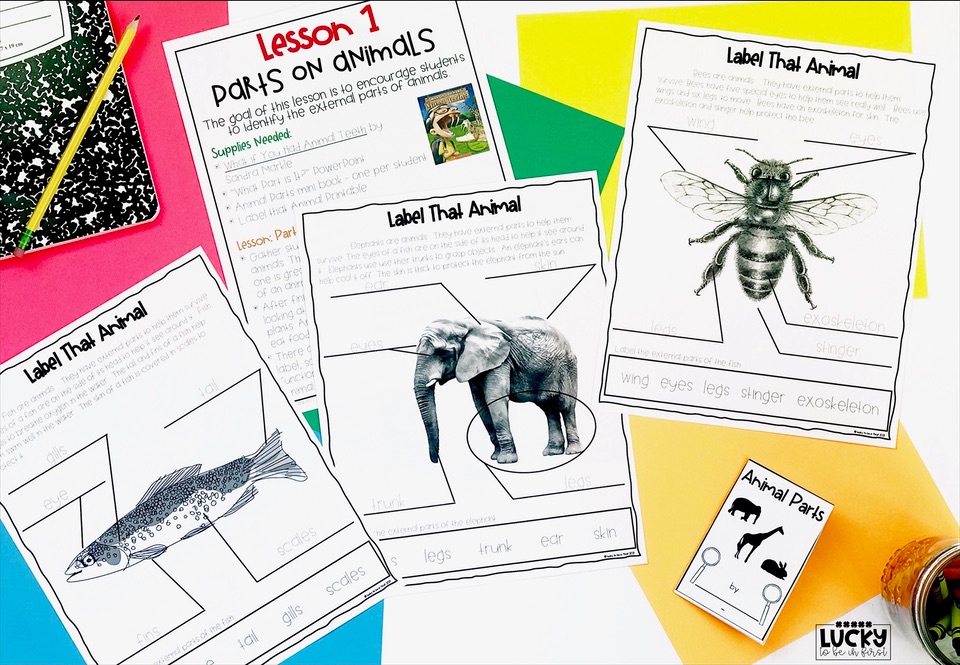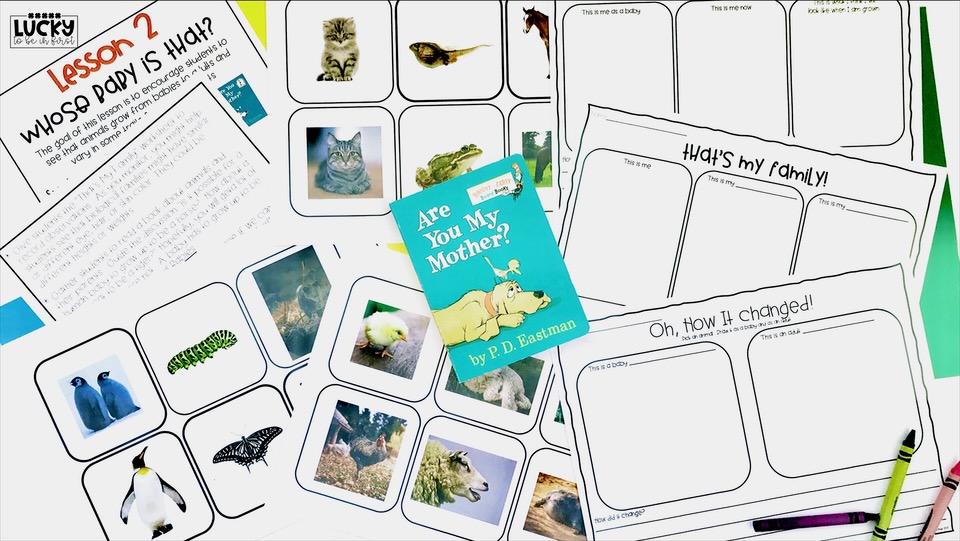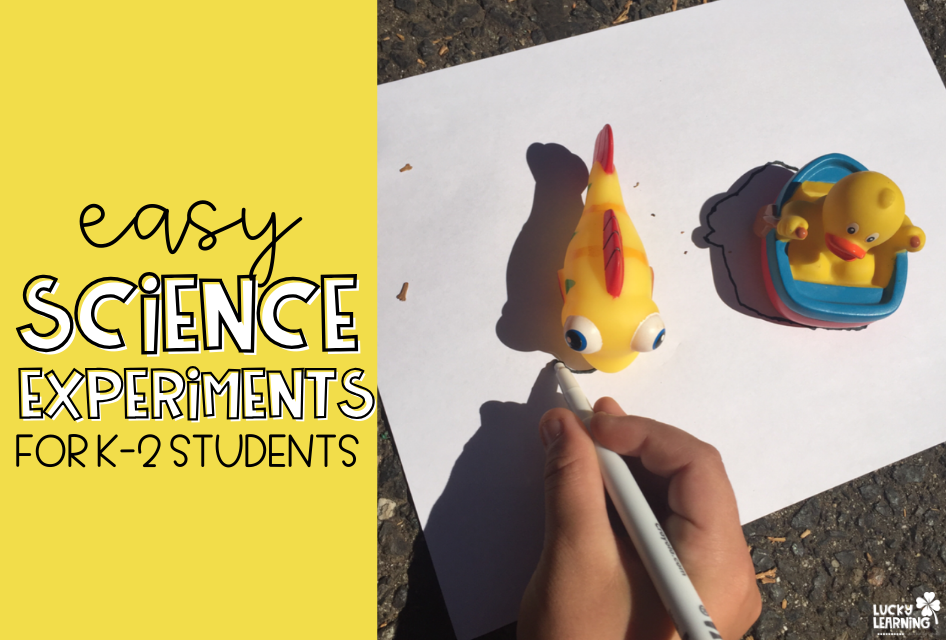Woohoo – another first-grade NGSS unit is ready to teach in a super simple and engaging way for your students!
As I’ve shared before, teaching Science was never one of my strengths as a teacher! However, once we adopted the important NGSS, I knew I had to work hard to understand the ins and outs of everything I’d be teaching. Keep reading to find out how easy it can be to teach about Plants & Animals for the Structure, Function and Information NGSS!

Golly! Once I wrapped my head around the standard that targets Structures of Plants and Animals, it was SO fun to put together a unit that teaches the standards in a simple way! I’ll be honest – I learned some pretty interesting facts and concepts through creating this unit.
When you complete these lessons your students will have a firm grasp on “Structure, Function, and Information Processing”. WHAT!? Could that standard sound any more complicated? Probably not, but I promise it isn’t!
Background Information for the Teacher
You can do it! This unit, (like the Light and Sound Unit) is chock full of step-by-step lessons, anchor charts, book suggestions, video links, student response sheets, mini books, presentations with gazillions of pictures, and more!
Each lesson includes a learning target (in teacher and kid-friendly language), supplies and material list, book suggestions, and an easy-to-follow conversational lesson. All of the student sheets are included, as well as links to any video that I thought might help along the way!
Each experiment or observation will use simple materials that you might have around your classroom, home, or could get easily from parents. I’ve included a Materials List to make gathering all of the things easy!
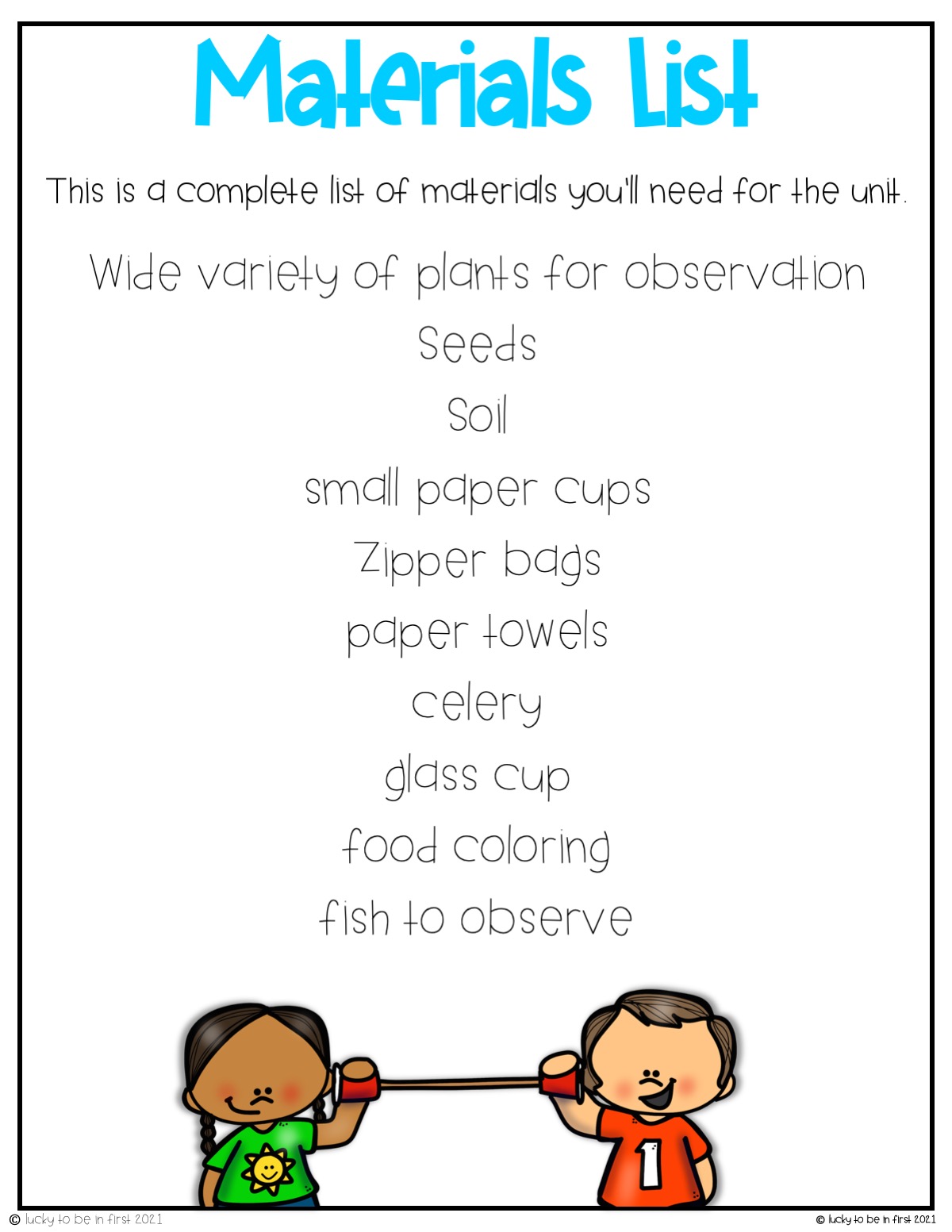
What is a Scientist?
As with the Light & Sound Unit, you can kick this unit off by talking about the role of Scientists. Students have a chance to explore how they are Scientists!
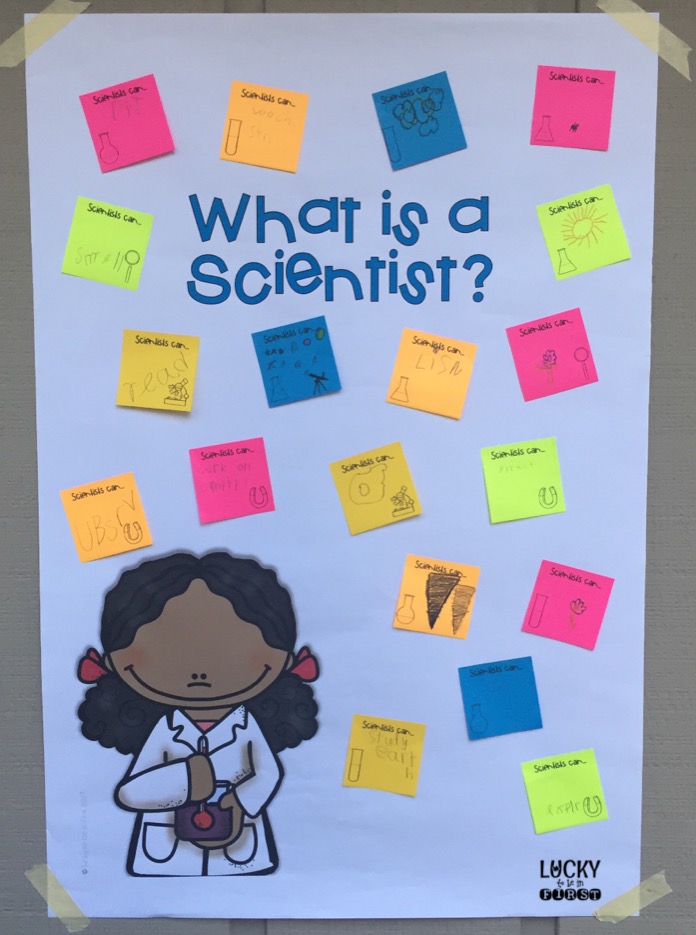
This is a great activity to gauge their thinking and start meaningful conversations about science. The bonus is that your students will start to see themselves as scientists!
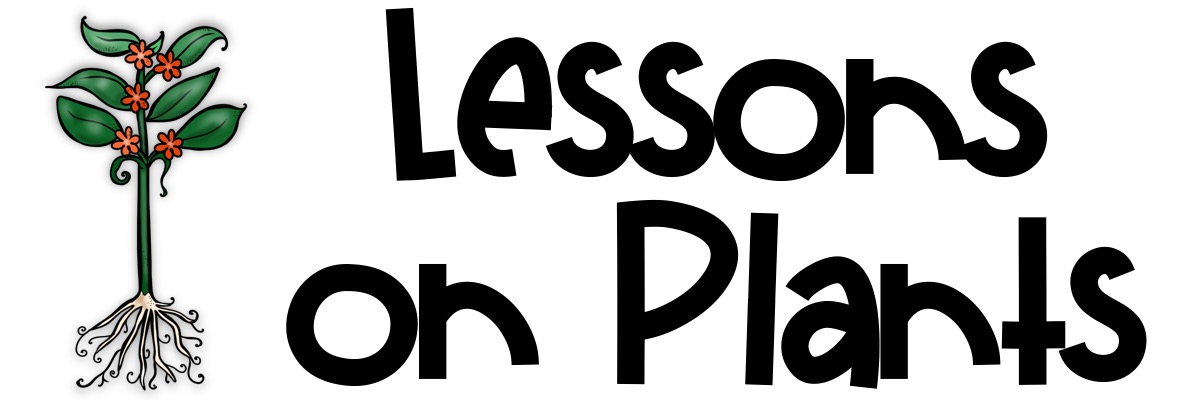
We start with “LESSONS ON PLANTS”! Plants are all around us. I bet you didn’t realize all of the ways we learn from plants and all of the AMAZING things that plants do – right under our noses!
Your students will enjoy being scientists and observing the plants around them! They will be encouraged to notice the external parts that all plants share. You will label plants and look closely at them.
Then you will wonder why and how plants grow where they do. Have you ever noticed that moss growing on the side of a building? Well, you will after these lessons! I even link you to some videos that will get your and your students talking.
The next several lessons focus on each of those external parts and their functions. (Which I’ve learned is just a fancy of saying their jobs!). The video of the seed growing has got to be one of the most satisfying videos I’ve watched in a long while!
The celery observation gives your students a chance to do the class experiment – a celery stalk or carnation in food coloring! Your students will love observing all of the different types of leaves and discovering how plants are so unique.
Then, the lessons move on to plant babies! Did you know that plants have adapted to make it easy for new plants to grow? You can have a great time (and polish that “shades of meaning” ELA standard!) with the book in this lesson “A Seed is the Start”!
The final lesson of the Plant section wraps it all up and really hones in on the term and idea of “Biomimicry”. ANOTHER new word! Fascinating! You will never look at rain gear, a water hose, or technology the same way! Humans learn from plants and animals!
Why reinvent the wheel when nature already did that for us? This lesson encourages thinking and observing. You will create an anchor chart that will be useful in the Culminating activity at the end of the unit. It will also helped to cement the ideas that you have chatted about through the unit so far.
And if that were not enough new learning, we are only about halfway through! Next, the lessons focus on the structure and function of animals!
Once again, we begin will common external parts. Remember that fun party game “Pin the Tale on the Donkey”? You will play a similar game designed to get your students thinking about animal parts.
Next, we take a look at how baby animals change and grow over time. I encouraged my students to bring in a picture of themselves as babies, so we could “OOOOOOH and AHHHHHH!” over all of the cuteness. (What kid doesn’t like to show off a baby picture?)
We spend a lesson talking about survival. Plants and animals must survive, but it is not always easy, which leads us (quite conveniently) into our discussions about adaptations of the six animal kingdoms. We take a good look at their special adaptations and what that adaptation does to help the animal survive. This brief overview of the animals is great for foundational knowledge. You are free to stop here or spend a few days on each animal with extra research or brainstorming.
THEN,(you guessed it!) we talk about how we can learn from the animals. This is probably my favorite lesson in the entire unit! The book I suggest in the lesson, Beastly Bionics, is unbelievable! Did you know that scientists learned, from penguins’ body shape and functions, how to make a better and more efficient submarine? Thinking critically about how objects work or problems that might be solved, will help us raise a new generation of problem solvers!
Your students will learn SO much about Plants & Animals after using this unit! The best part? It gets them thinking beyond just these lessons!
